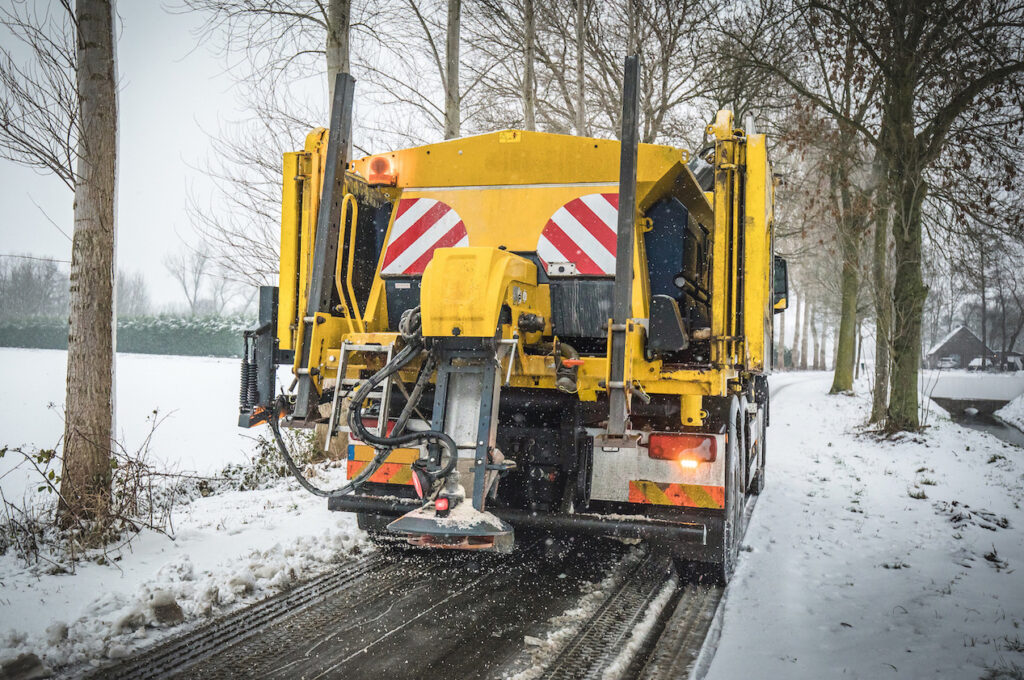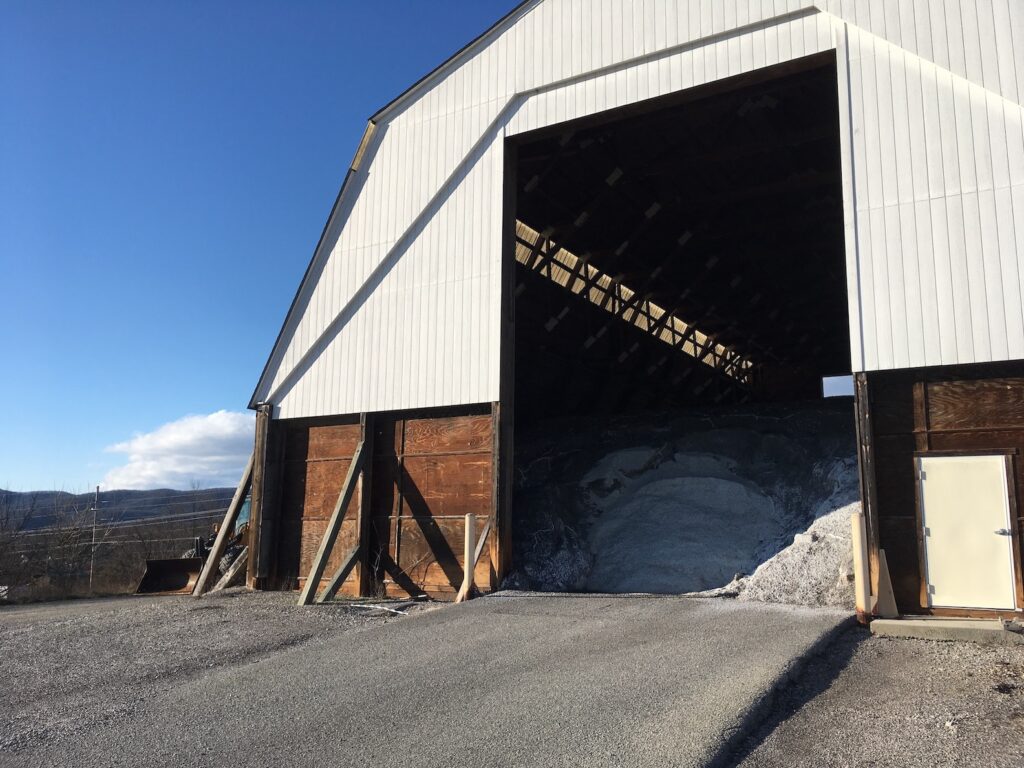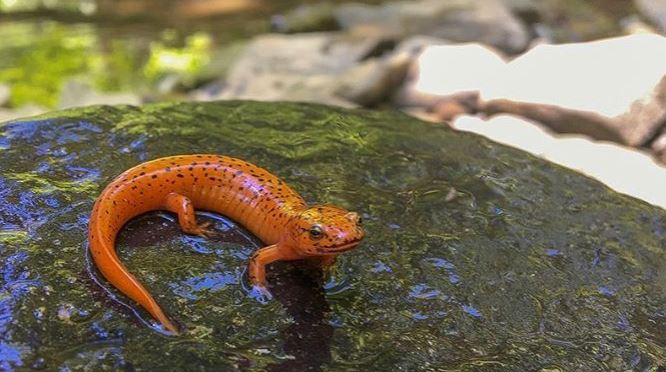‘Did You Know’ Series
By Cassidy Quistorff

While Virginia has had an unusually warm winter, the effects of many snow and ice storms past are still lingering beneath the snow-less surface. Salt is commonly thought of as a table-side staple but is now becoming one of the biggest pollutants in our rivers, lakes, and groundwater. This is primarily due to the estimated twenty million tons of salt loaded onto the United States’ roadways and sidewalks every winter.
But the salt doesn’t disappear once the ice does. Instead it dissolves, and the resulting sodium and chloride particles make their way into nearby streams and groundwater. Engineered stormwater systems are not equipped to remove these pollutants and they don’t naturally get filtered through soil. This is causing concern for an increasing global problem of salinization of freshwater systems – in 2009, the USGS reported that 2% of drinking water wells had higher chloride levels than EPA’s recommended threshold. As it can take decades or more for salt in groundwater to flush out, the wells are often removed and replaced which incurs a hefty cost. This, in addition to corrosive car damage, road and bridge repairs, and some environmental damages makes overall expenses for disturbances caused by salting roads now exceed $5 billion per year.

Road salt and salinization of streams also comes with a price tag on our wildlife. “I would say it’s the biggest problem facing freshwater,” Dr. Joel Snodgrass stated. The department head of the Fish and Wildlife Conservation at Virginia Tech discussed his concerns with our dependence on salt. Several scientific papers have shown that road de-icing salts have negative impacts on amphibians, such as salamanders and frogs in wetlands nearby. One study on the effects of salt on salamander eggs showed a survival rate of less than 20%. In some northeastern states, even moose and deer have been killed by cars after licking salt from roads. This increase in wildlife decline attributed to road salt has scientists calling on management policies to lessen road salt applications in areas where conservation is a priority

Many are now researching alternatives to our salty roads problem. Beet juice, lab-made chemical solutions, pickle brine, and the creation of ice-free pavements are to name a few. But their practicality and affordability are still in question, and road salt continues to hold the monopoly. At the end of the short winter day, salt is cheap, and cities have limited budgets for winter road safety. With all these factors considered, it’s difficult to see road salt going away anytime soon – both in application and in our freshwater and wetlands nearby.
Special thank you to Dr. Joel Snodgrass and Dr. Nancy Karraker for their time.
